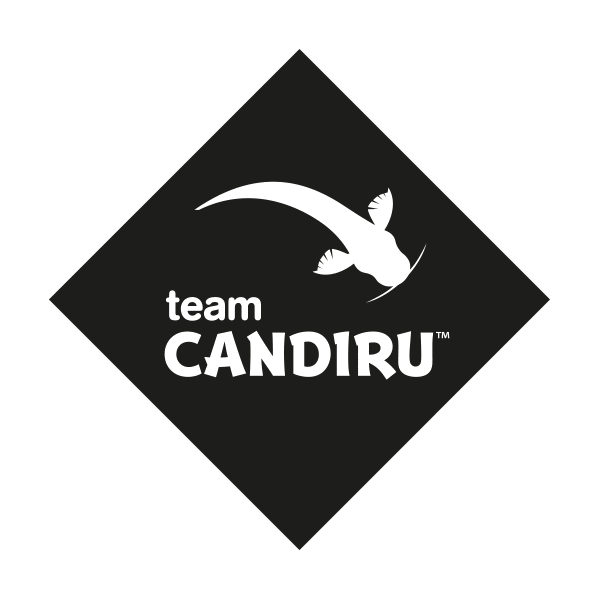Lemurs of Madagascar
- James Dunbar
- Jan 7, 2016
- 3 min read
Happy New Year everyone! This is my first blog post of 2016 and it is going to be a little different from my last ones. Mainly because it's not all about insects, but rather another topic Madagascar! Madagascar is not just a film starring Chris Rock, it is also an island off the coast of East Africa. It is the 4th largest island in the world, and arguably the most important biodiversity hotspot on the planet. Some 90 percent of the plants and animals found there are endemic, which means they are only found there and nowhere else in the entire world. This is because Madagascar has been separated from the mainland for so long - it has been an island for 88 million years! It separated from the mainland during the Cretaceous period, when the Tyrannosaurus Rex still walked the earth. The way I like to think of it is that Madagascar has been an island longer than there have been honeybees.

King Julian
Probably the most famous group of animals on Madagascar are the Lemurs. There are around 100 odd species of lemur, 15 genera and 5 families. As they are primates it makes Madagascar the 2nd most primate diverse country on the planet. After Brazil - which it is only 7% the size of!
"Madagascar is so important for primates that it is considered one of the 4 major biogeographical regions for primates, together with South and Central America, mainland Africa and Asia, in spite of being only 1.3-2.9% of the size of each of these regions"1

Face like dog. Hand like people.
Despite this richness in little furry animals with faces like dogs and hands like people, environmentally speaking the island is in a lot of trouble. Only 10% of the original forest remains. and so protecting these last fragments is of the utmost importance for humanity. One of the organisations that is doing this is the AEECL - The European Society for the Study and Conservation of Lemurs, or Société Européenne pour l'Etude et la Conservation des Lémuriens.
The AEECL is an organisation made up of around 30 European zoos. They have been working in Madagascar for the last 20 years trying to protect the habitats of some critically endangered lemur species. Their work is not only very important, but it is also very interesting. Their strategy is to protect lemurs by improving the livelihood's of the local people of Madagascar living around the forests. They build schools, subsidise teachers salaries and offer sustainable, economically beneficial alternatives to poaching, forest clearing and other practices which are destructive, but ultimately necessary for people to make a living and put food on the table.

Tiny baby lemur
So what does all this have to do with Team Candiru? Well a little while ago we approached some people at the AEECL and asked if we could make a film about their work. We felt that what they did was important and it needed to be highlighted. We submitted a proposal and a few days ago that proposal was accepted.

This film will be a little different from our films in the past, as it will focus mostly on people. Through a series of interviews we want to tell the stories of people who's lives have been affected by the AEECL and their practices. Be they local farmers, expoachers, ex charcole makers etc. We will be funding this project through a massive crowd funding effort - so what we really need is for everyone to share it as much as possible. If you or anyone you know is interested in lemurs or conservation, please do share this blog post. Subscribe to us on twitter and facebook and where possible donate - further details about our crowd sourcing campaign is to come! 1) Lemurs of Madagascar: A strategy for their conservation. Davies, Nicola; Johnson, Steig; Louis, Edward E.; Mittermeier, Russell A.; Nash, Stephen D.; Rajaobelina, Serge; Ratsimbazafy, Jonah; Razafindramanana, Josia; Schwitzer, Christoph. 2015
All the lemurs photographed here were shot in the Lemur walkthrough at Bristol Zoo Gardens. Do check it out in the summer!













Comments